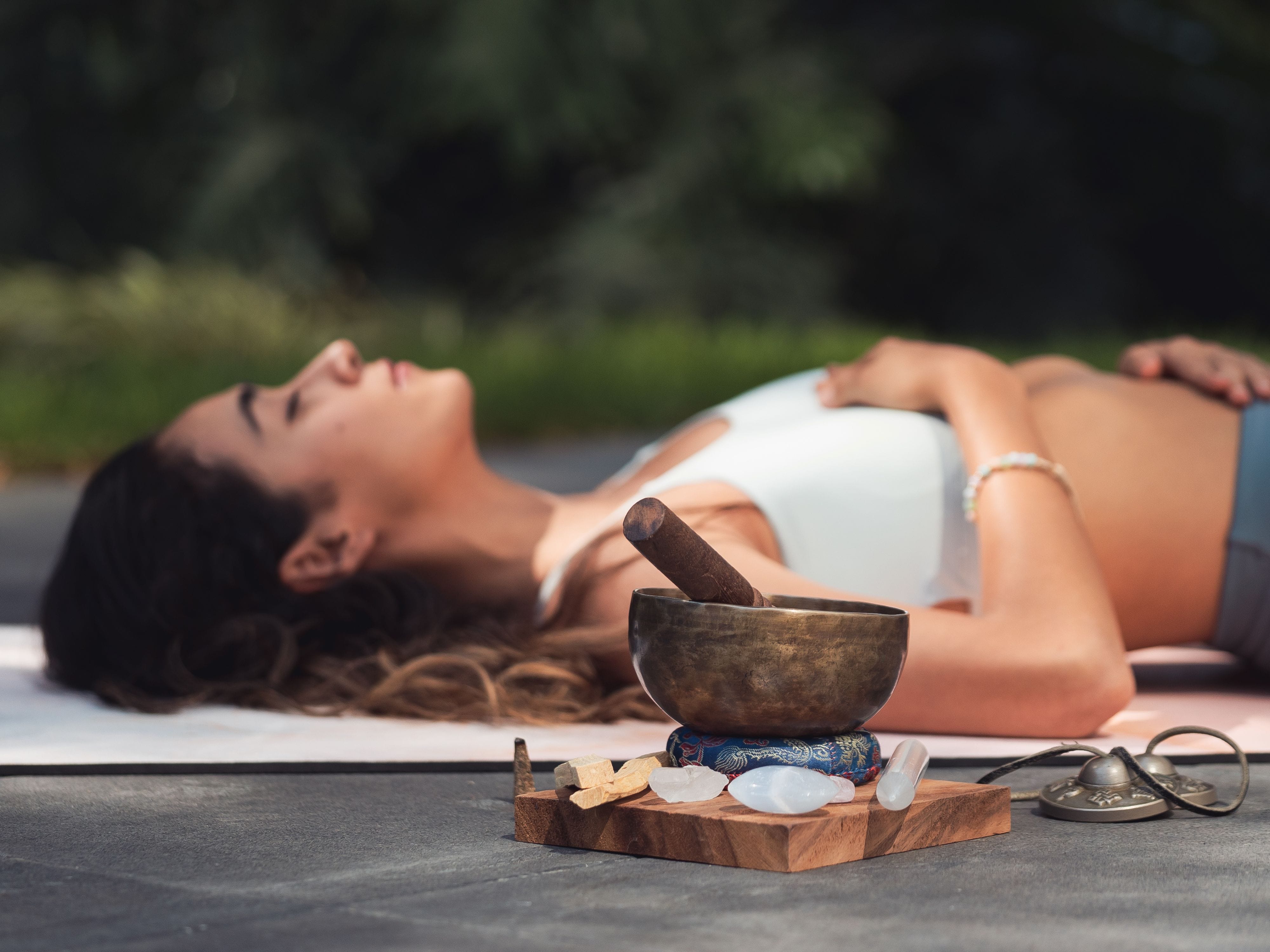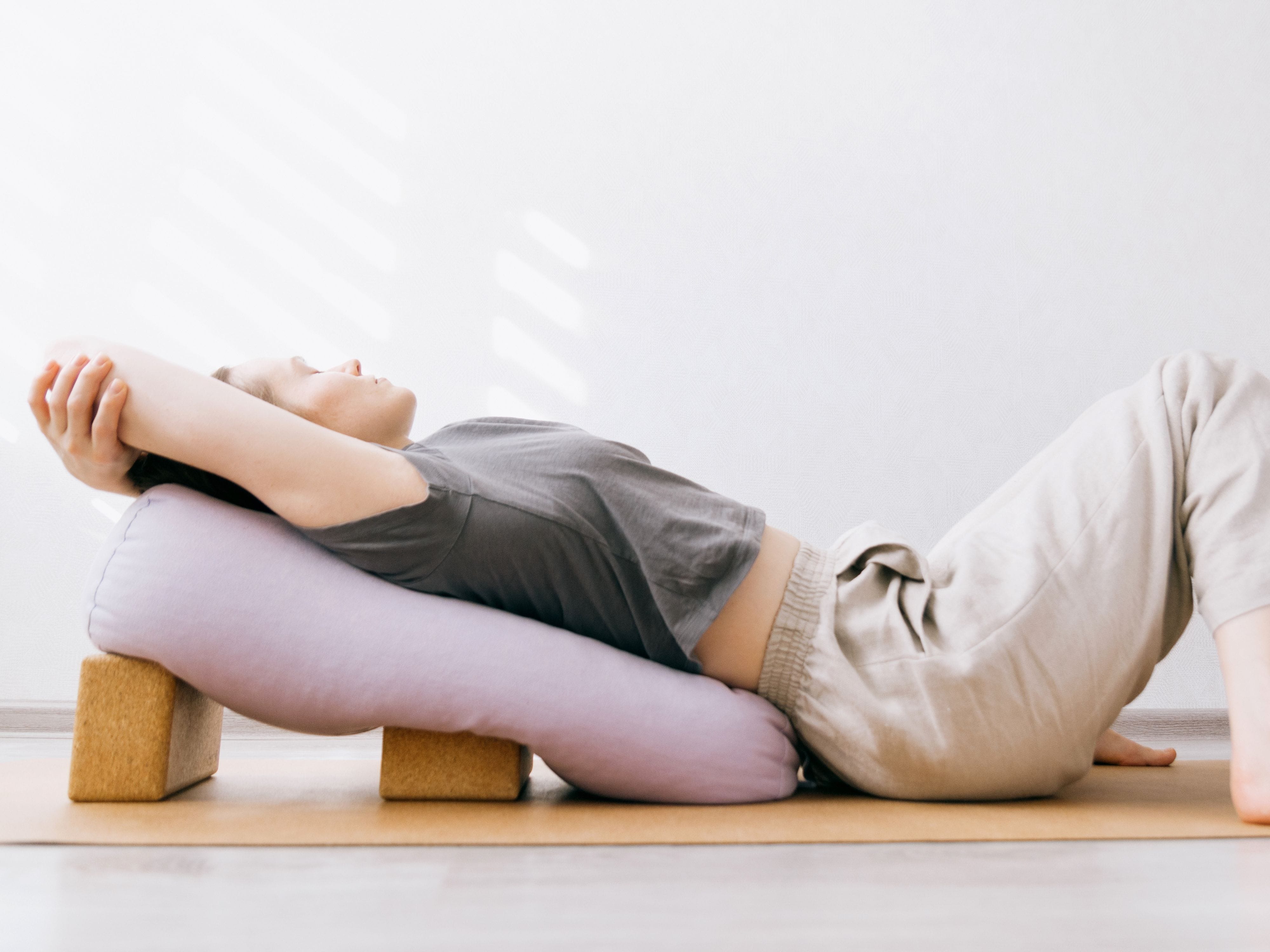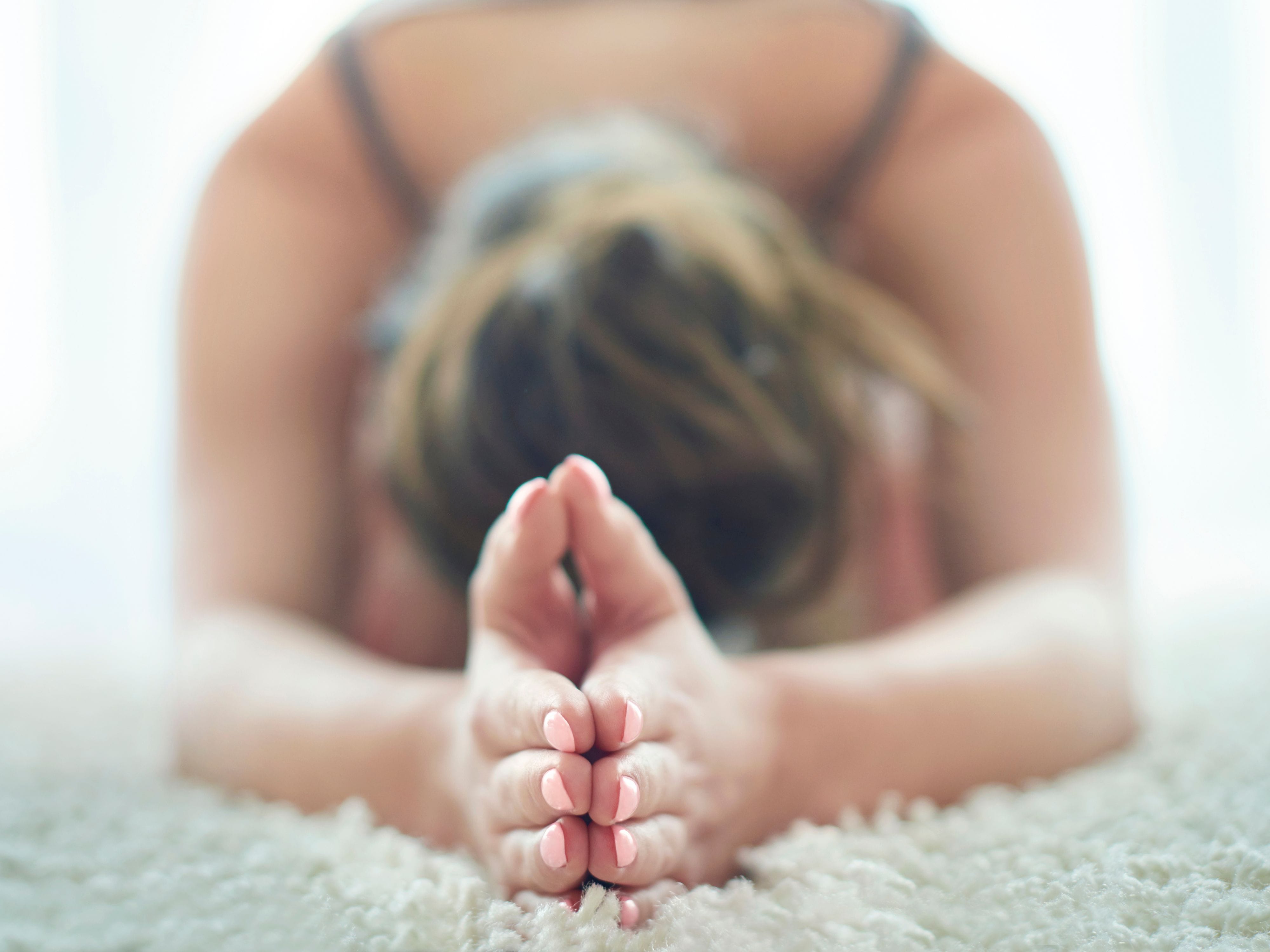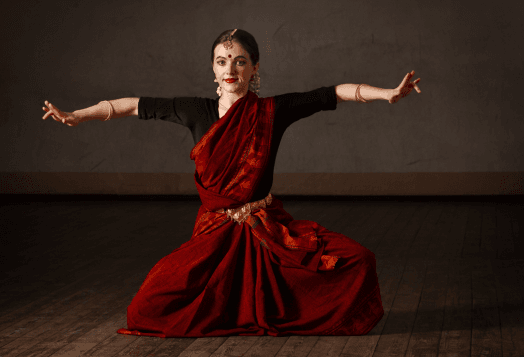
In a world where hustle culture has us sprinting from task to task, our bodies and minds cry out for rest. Enter restorative yoga—the unsung hero of self-care. Unlike the fast-paced, sweat-dripping yoga you might picture, restorative yoga invites you to sink into stillness and hit the reset button on stress.
With the help of props and gentle poses, restorative yoga is a practice that encourages you to slow down and embrace the true power of inner peace. Ready to swap hustle for healing? Let’s dive into how this soothing practice can help you unwind, restore balance, and reclaim your calm.
Restorative Yoga: Your Ticket to Chillville
Restorative yoga is an entirely different approach from other types of yoga. It is a practice for stress relief and relaxation. It is typically mellow and low energy, emphasising rest, making it the perfect tool for unwinding after a long day. As they say, stillness is a powerful exercise.
While other types of yoga focus on stretching and strengthening muscles, restorative yoga relaxes your muscles by using props to support your body. Gentle poses held for about five to twenty minutes encourage your body to release and rest.
At its core, restorative yoga is a passive healing practice, making it the ideal style of yoga for anxiety and stress relief. It allows you to feel comfortable and supported, regardless of your yoga experience level.
Recharge, Renew, Restore: The Perks of Restorative Yoga

Restorative yoga offers an effective way to relax and recharge your mind and body. Here's how restorative yoga impacts your physical and mental well-being.
1. Soothes the Nervous System
Like any other type of yoga, restorative yoga deeply impacts your nervous system. This yoga for mind relaxation helps shift the balance from your sympathetic nervous system (fight-or-flight response) to your parasympathetic nervous system, or the relaxation response.
2. Reduces Stress
Constant stress is difficult on your mind and can wreak chaos on your body. Restorative yoga is the perfect yoga for stress relief as it promotes relaxation and inner peace.
3. Improved Sleep
The more relaxed you are, the better your sleep quality will be. Inculcating yoga into your daily routine will help prepare you for a good night's sleep.
4. Gentle on the Body
Restorative yoga is gentle on the muscles and joints and is often recommended for people with chronic injuries. By promoting a sense of ease, this form of yoga can aid in the body’s natural healing process.
5. Enhances Your Mood
Restorative yoga encourages deep breathing, which can help reduce anxiety, depression, and tension. Master Pranayama breathing techniques.
Restorative Yoga Poses For Beginners
Restorative yoga for beginners offers a gentle introduction to the practice, focusing on supported poses that promote deep relaxation and stress relief. Here are five restorative yoga poses you can try as a beginner:
1. Legs Up the Wall Pose (Viparita Karani)
This deeply relaxing pose uses props to elevate the legs above the heart. It helps to calm the nervous system, relieve tired legs and feet, and gently stretch the hamstrings and back. By adding a bolster and blanket, you get extra support for the spine and can completely let go of any tension.
2. Supported Child’s Pose (Balasana)
This is a restful and calming pose that provides a gentle stretch for the back, hips, and thighs. Elevating the torso with blankets can create more space in the abdomen and chest, facilitating deeper breathing and relaxation. Gently turning the head from side to side adds a soothing neck stretch.
3. Supported Bridge Pose (Setu Bandha Sarvangasana)
It's a gentle, restorative pose that helps to release tension in the chest and lower back area. A well-placed prop provides support and allows for a deeper opening in the front of the body. This pose is often used to relieve stress, improve digestion, and calm the nervous system.
4. Corpse Pose (Shavasana)
Consider doing this yoga for relaxation pose at the end of your session to allow your mind and body to truly absorb the benefits of the practice. Take deep breaths, inviting peace with each inhale and releasing tension with each exhale. Dwell in this pose for a few minutes to give your body time to unwind fully.
5. Reclined Butterfly Pose (Supta Baddha Konasana)
It's a deeply relaxing pose that opens the hips and inner thighs. The reclined butterfly pose encourages a sense of release and surrender by elevating the legs and supporting the head and spine. When the hips are tight, it also affects the back. This posture can help stimulate the heart and improve circulation.
Find Your Calm

In the final moments of your restorative yoga practice, allow yourself to fully savour the peace and quiet you have cultivated. Carry this sense of calm with you throughout the rest of your day, reflecting on the power of slowing down and nurturing your mind and body.
Disclaimer: This information provided is intended for general informational purposes only. It is not a substitute for professional advice or guidance. For personalised recommendations or specific concerns, please consult a certified professional.




